Managing student fees can be a complex task for schools. With numerous students and various fees, payments, and dues to keep track of, it’s crucial to have a structured system in place. This is where a school fee book format can be constructive. It provides a convenient way for schools to organize and manage student fees, ensuring that nothing falls through the cracks.
In this article, we will explore the importance of using a school fee book format, how to create one, and provide some tips for successful fee management.
What is a School Fee Book Format?
A school fee book format is a document that allows schools to track and manage student fees, payments, and dues in an organized manner. It provides a structured template that makes it easy to record and monitor all financial transactions related to student fees.
This format typically includes sections for student details, fee types, payment history, and outstanding amounts. By using a school fee book format, schools can ensure they have a comprehensive record of all fee-related activities.
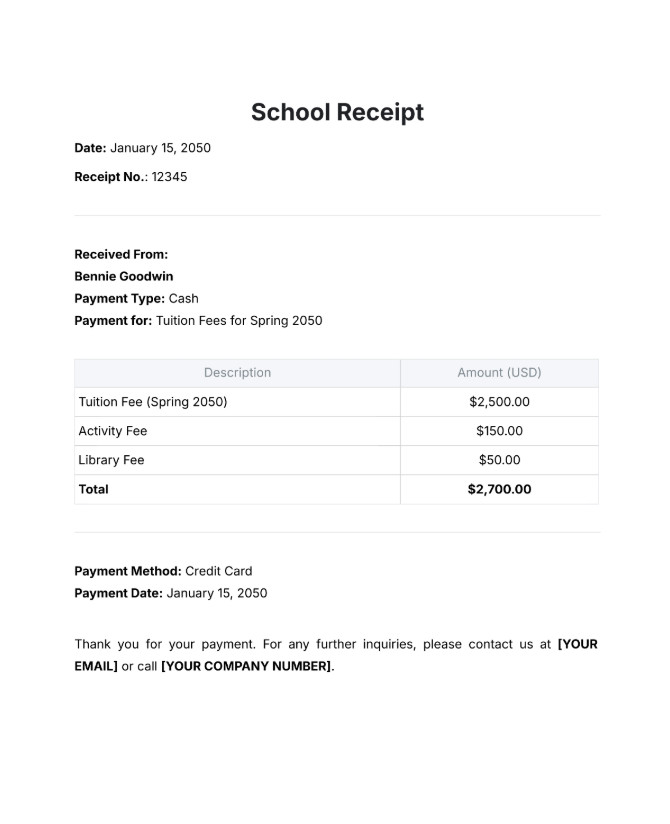
Why Use a School Fee Book Format?
There are several reasons why schools should consider using a school fee book format:
- Efficiency: A fee book format helps streamline the fee management process, making it quicker and more efficient.
- Organization: By having all fee-related information in one place, schools can easily access and reference it whenever needed.
- Accuracy: A structured fee book format reduces the chances of errors or omissions in fee records, ensuring accuracy.
- Transparency: Schools can provide parents with transparent fee records, promoting trust and accountability.
- Financial Planning: The fee book format allows schools to analyze fee trends, plan budgets, and forecast future revenue.
How to Create a School Fee Book Format
Creating a school fee book format is relatively simple. Follow these steps to get started:
- Choose a Template: Search for a pre-designed fee book template online or create one using word processing software.
- Define Fee Types: Identify the different types of fees your school charges, such as tuition fees, activity fees, transportation fees, etc.
- Designate Student Details: Create a section to record student information, including name, grade, class, and contact details.
- Create Payment History: Allocate space to record payment details, such as the date, amount, mode of payment, and reference number.
- Note Outstanding Amounts: Include a column or section to track any outstanding amounts or dues for each student.
- Add Summary or Totals: Include a summary section at the bottom to calculate the total fees collected, outstanding amounts, and any other relevant financial information.
- Format and Print: Once the fee book format is complete, format it for printing and make copies as needed.
Examples of School Fee Book Formats
Here are a few examples of how a school fee book format may look:
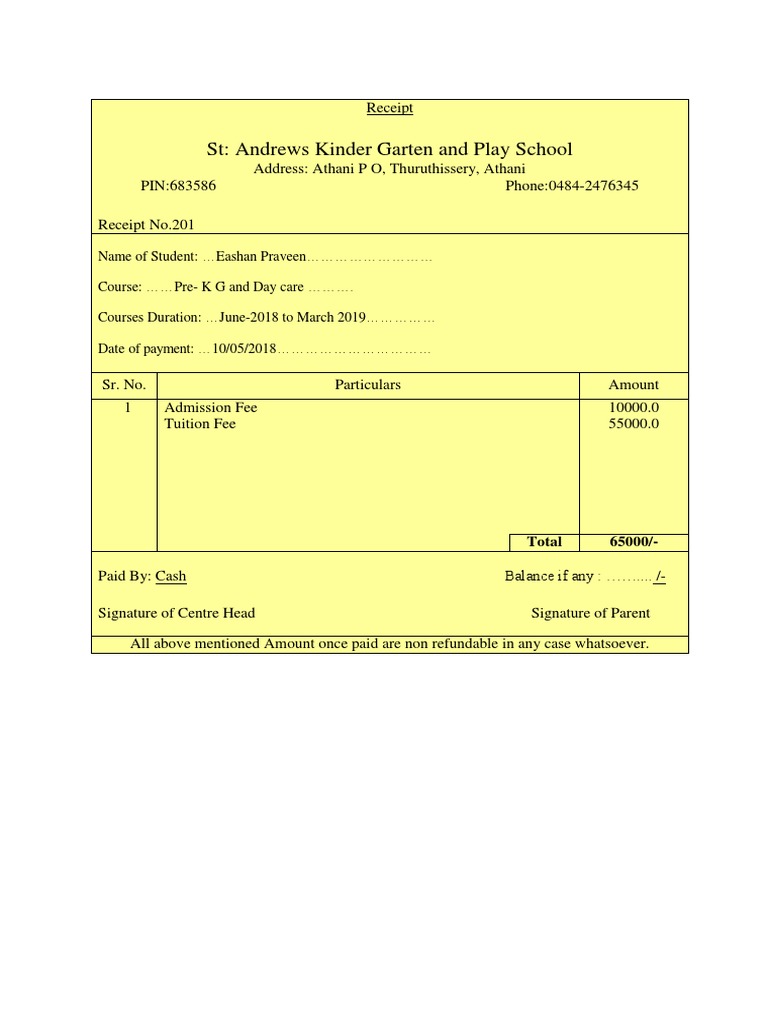
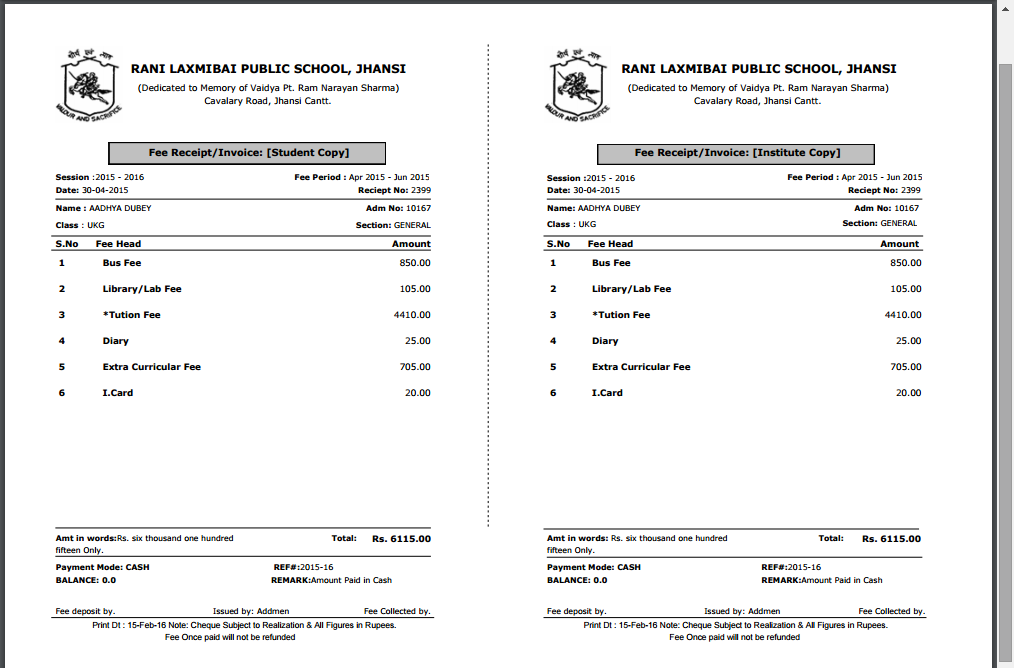
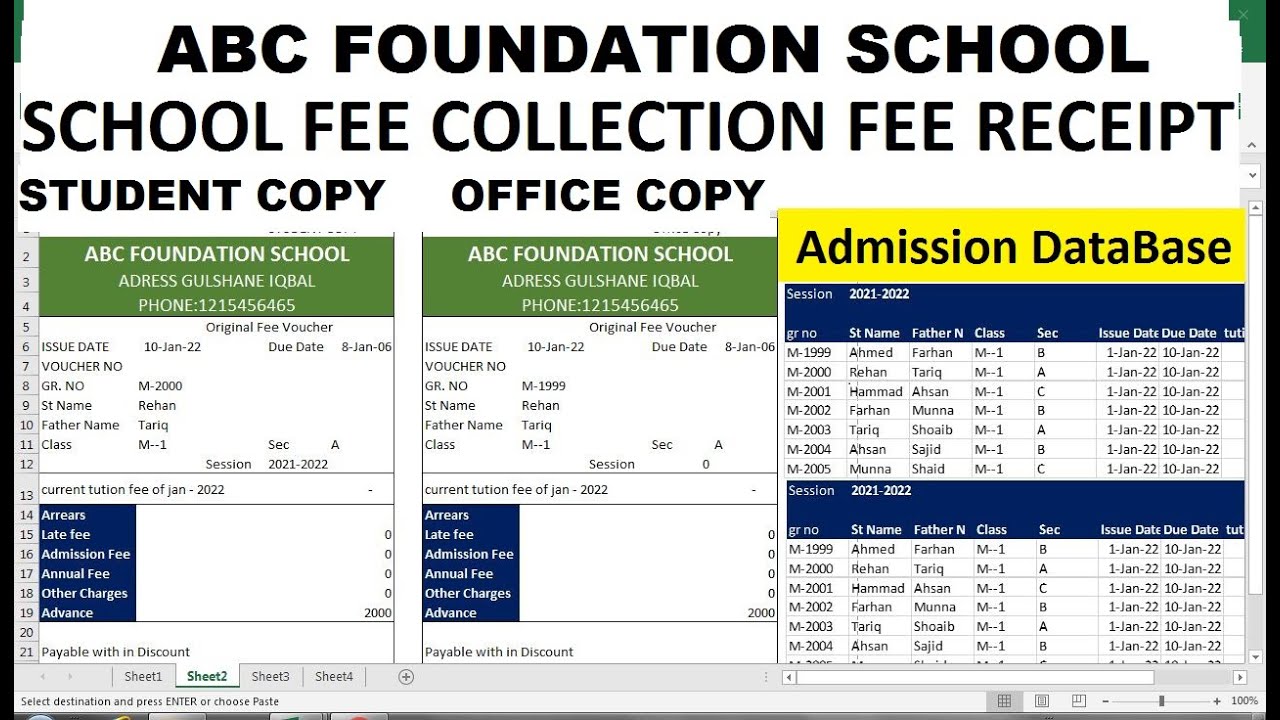
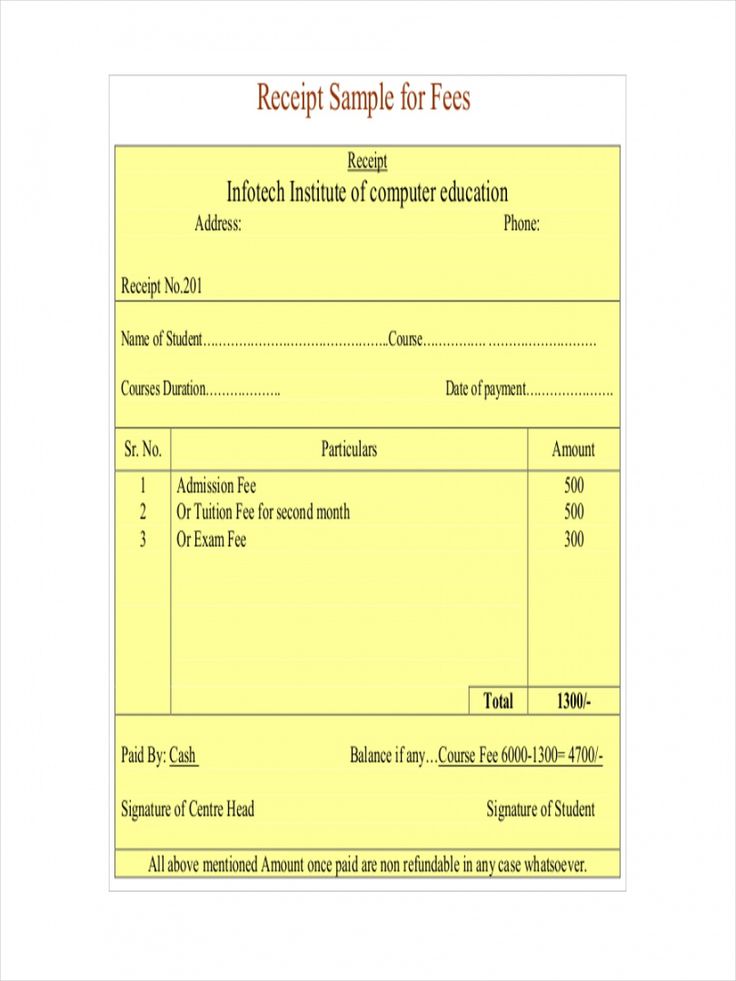
Tips for Successful Fee Management
Here are some tips to ensure successful fee management using a school fee book format:
- Regular Updates: Update the fee book regularly to reflect new payments, outstanding amounts, and any changes in student details.
- Keep Backup Copies: Make digital copies or store physical copies of the fee book in a secure location to avoid the risk of loss or damage.
- Communicate with Parents: Maintain open lines of communication with parents regarding fee-related matters, ensuring transparency and addressing any concerns promptly.
- Train Staff: Educate staff members responsible for fee management on how to effectively use the fee book format and address any queries they may have.
- Utilize Technology: Consider using software or online platforms specifically designed for fee management to automate certain tasks and enhance efficiency.
- Regular Audits: Conduct periodic audits of the fee book to ensure accuracy and identify any discrepancies that may require attention.
- Adapt to Changing Needs: Modify the fee book format as necessary to accommodate any changes in fee structures, payment methods, or school policies.
In Conclusion
A school fee book format offers an excellent solution for schools to organize and manage student fees effectively. By using a structured template, schools can streamline fee management, maintain accurate records, and enhance transparency.
With regular updates and effective communication, schools can ensure successful fee management and provide a smooth experience for both students and parents.
School Fee Book Format Template – Download